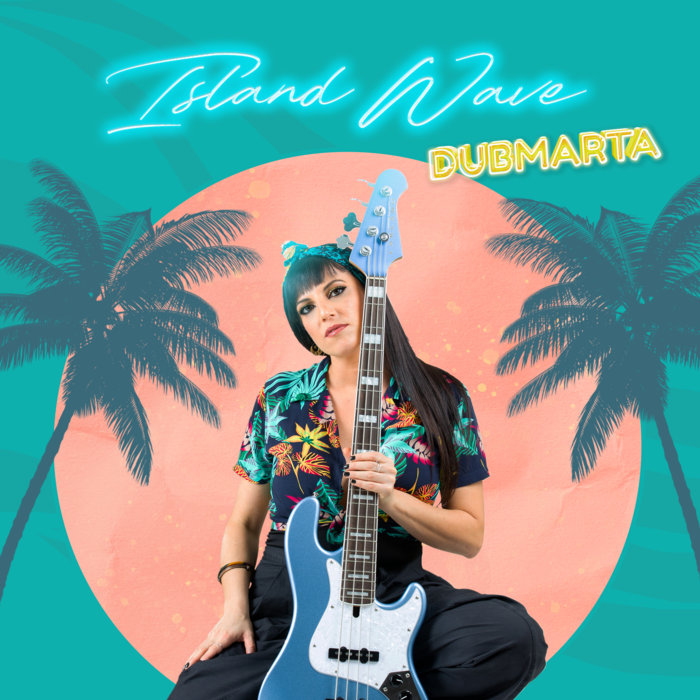
Remember The Truth – DubMarta
this blog is GROOVY – check out great Soul, Funk, Jazz, Hip Hop, Bass, Breaks , Reggae, House n many more TUNES
Ah, the world of dub versions! It’s a funky journey filled with basslines that make your body groove and echoes that take you to another dimension. Let’s roll back through time and explore how this unique genre came to be, sprinkled with some amusing anecdotes about the artists who shaped it.
Fueled by the vibrant heartbeat of reggae, dub music first emerged in Jamaica during the late 1960s. Producers like Lee “Scratch” Perry and King Tubby were pioneering figures who turned traditional reggae tracks into something altogether new—taking out vocals, emphasizing drums and bass, and adding reverb effects. The aim? To create an immersive experience that made listeners feel as if they were riding on sound waves.
Speaking of Lee Scratch Perry—a man whose nickname could easily be “Mad Scientist” for his experimental style—he was known not only for his groundbreaking production techniques but also for his eccentric personality. Did you know he once painted his recording studio while under the influence? He believed colors influenced creativity! Imagine creating a track so good it had you bouncing off walls… literally!
As dub music evolved, producers started making dubplates, which are special vinyl records cut from original tracks just for DJs to play at sound system parties. This practice led to an underground culture where DJs would constantly seek exclusive tunes.
Funny enough, there’s even a legendary story about David Rodigan, a British DJ known for his epic record collection. Once at a sound clash (a competitive showcase between rival sound systems), Rodigan played one of King Tubby’s exclusive dubs but didn’t realize Tubby himself was in attendance! The crowd went wild when King Tubby quickly raised his hand saying “Hey man, I need that!” Talk about getting called out!
Dub is all about innovation—a playground where musicians become sonic architects. Sound engineers experimented with delays, phasing effects, echo units—creating musical landscapes that felt almost otherworldly.
One notable character in this scene is Augustus Pablo. Known for playing melodica like nobody else could (seriously—his instrument skills are legendary), he often said he would get lost in the sounds he created. Funny thing is: one day he got lost on stage because he was so immersed in playing! He wandered around looking dazed while still blowing melodies; fans thought it was part of the show until roadies had to gently guide him back!
As dub started gaining traction outside Jamaica during the 1970s and 1980s, it caught fire with genres like punk rock—and bands such as The Clash began incorporating those groovy rhythms into their tunes. You might say they tried adding some “rude boy” swagger to their style!
Here’s something funny: when Joe Strummer first heard Banksy spinning at a London club (the famous Reggae Revival scene), Strummer danced so hard he knocked over four drinks before realizing no one else seemed impressed by him let loose! Lesson learned: Sometimes it’s best not to mix dancing with drinks unless you’re fully ready!
In the 1980s and beyond, dancehall became closely tied to dub music—but wait! Dancehall wasn’t just more beats; it introduced its own flavor—the MCing style we now associate closely with hip-hop today.
Enter iconic artists like Shabba Ranks or Yellowman—they took dub’s infectious energies onto stages worldwide while throwing down humorous stories during their performances. Here’s something hilarious: Shabba Ranks once attempted giving cooking tips live on air after getting too relaxed during an interview—it ended up sounding less like culinary expertise and more about recipes featuring “cabbage-style riddim.”
Fast forward to today—we’ve watched electronic musicians embrace dubbing techniques alongside traditional reggae roots blending fluidly across genres from hip-hop (hello Madlib!) straight through EDM festivals ringing out heavy sub-bass echoes everywhere you look—not forgettin’ our legendary contemporary group ‘On-U Sound’ reflecting diverse influences including punk rock collaborations too!
Did someone say digital remixes? So many artists have dropped dubs now—I mean mixing them almost seems obligatory nowadays… But here’s what tickles my ribs—a popular trap producer accidentally uploaded someone else’s demo track instead thinking it’s totally theirs—the ultimate misstep landing piles o’ followers instantly questioning artistic choices (oops).
So there ya have it—the rich tapestry woven by pioneers thrilled experimenting away as they pushed boundaries exploring sonic realms through dub versions over decades…and guess what? It’s here stayin’ real strong today feeling fresher than ever bringing joy wherever speakers blast these beautiful vibrations all around us!
Let’s raise our glass—or should I say drink from giant horn speakers—to those wacky legends past & present keepin’ beat alive reminding us we’re all part da same cosmic jam session induced solely by love rhythm life brings forth – ’cause nothing grooves quite likе good ol’ DUB! 🎶

Remember The Truth – DubMarta